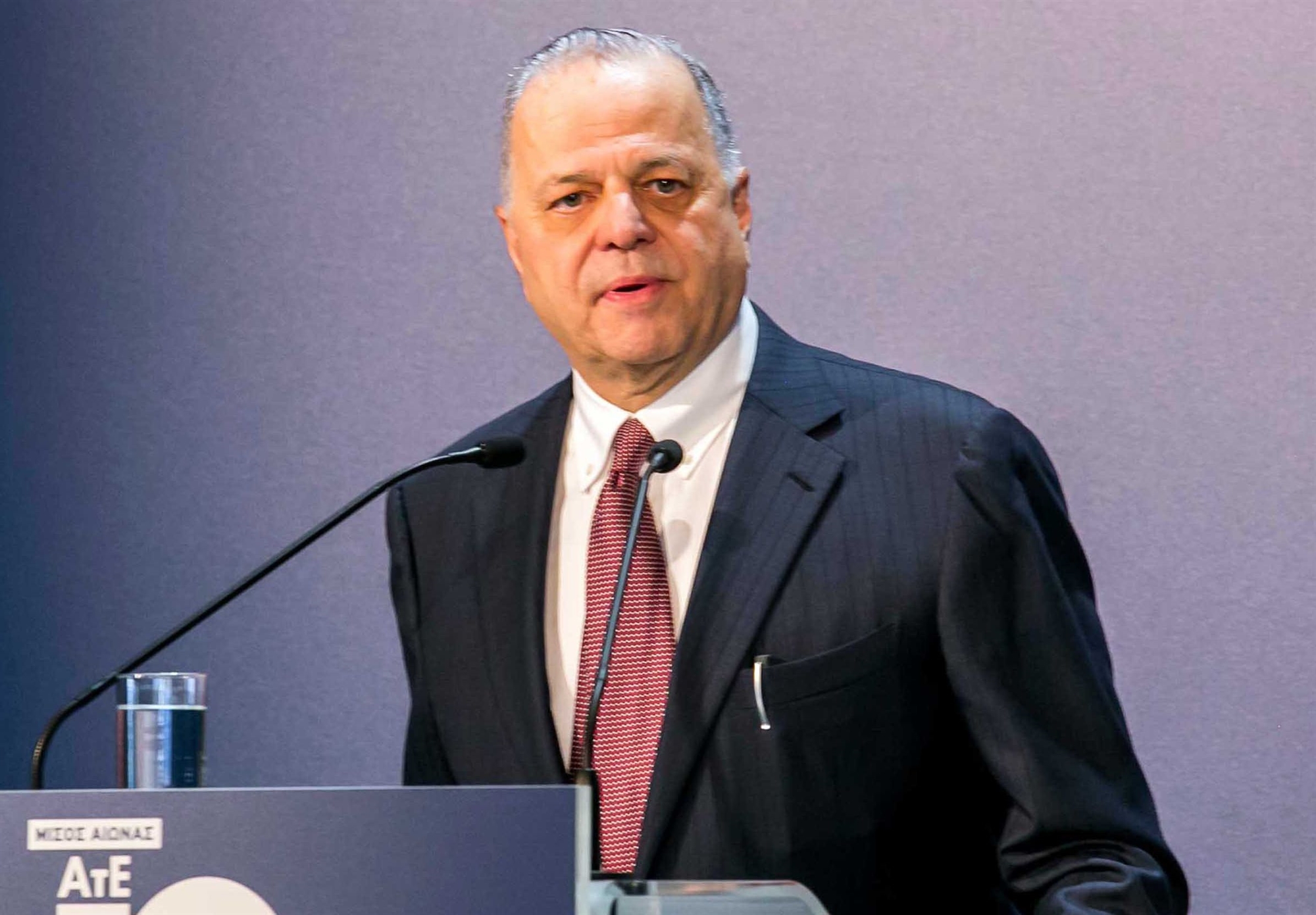The interconnection of islands offers a range of significant benefits for consumers, the national economy, and the environment. For consumers, it leads to cost reductions, while for the national economy, it helps reduce fuel imports. Environmentally, it supports a decrease in pollutant emissions and enhances the use of renewable energy sources. These advantages are particularly evident in the case of Crete, due to the island’s large size and its growing electricity demand, especially in the summer months when tourism peaks.
Once the interconnection is fully operational, power generation units in Crete that rely on liquid fuels will be deactivated, thereby reducing costs for Public Utilities, which are ultimately borne by consumers through their electricity bills. This reduction in Public Service Obligations (PSOs) is expected to save approximately 300 million euros annually.
The Crete-Attica interconnection, with a budget exceeding 1.1 billion euros and a transmission capacity of 1,000 megawatts, began in 2020 with the signing of contracts with contractors. Additionally, the smaller Chania-Peloponnese interconnection was completed and began operating in 2021, playing a crucial role in ensuring the island’s electricity supply over the past three years.
The construction phase of the project was completed in December 2024, and its operational launch is expected in the spring of 2025.
Specifically, the following have been completed: the installation of equipment at the conversion stations (conversion valves, transformers, primary and secondary equipment), the installation of the entire 500kV cable system (335 km x2 submarine cables, submarine fiber optic cables, 32 km x2 underground cables in Attica, and 11 km x2 underground cables in Crete) from the Attica Conversion Station to the Conversion Station in Crete.
Project testing, which began in early autumn with preliminary equipment testing (pre-commissioning) and operational testing of subsystems, is now in full progress. Soon, upon completion of the above tests, system acceptance tests will follow, representing the final and most critical phase of inspection before the commencement of trial operation of the Conversion Stations.
According to the inclusion decision from the Ministry of Development and Investments, the Crete interconnection with the National Electricity Transmission System (ESMHE) Phase II will be financed with up to €313.2 million from the Operational Program of the National Strategic Reference Framework (NSRF) 2014-2020 "Transport Infrastructure, Environment, and Sustainable Development" for the works of the first phase of the project (up to December 31, 2023). This funding has provided significant resources, greatly reducing the overall cost of the project, which is of paramount importance for Greek consumers. The second phase of the project has been incorporated into the NSRF 2021-2027 Operational Program "Environment and Climate Change," as per the decision of the Ministry of National Economy and Finance, and will be financed with up to €222.3 million.















